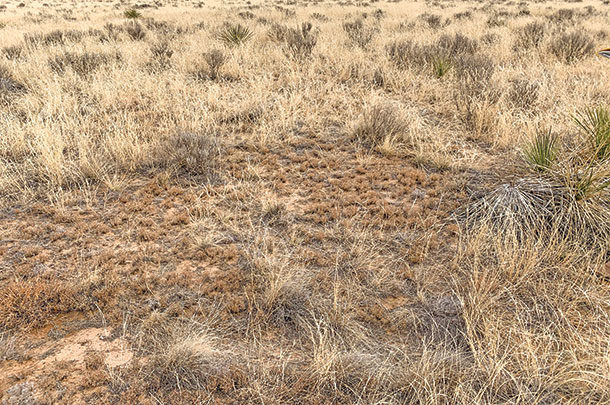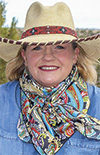Have you ever had “one of those days” after a long night out on the town or pulling a college all-nighter? Maybe you young folks have experienced this. For the more seasoned of us, it may have been a long drive home, getting in late from a stock show or with a load of new heifers. It was a long day, and maybe you had several equally long days before that one. You feel worn out. Beat. You know the feeling.
Rest is essential. Rest allows us to get up, ready to face the world and meet all of those external demands once again. Denied rest for only a couple of days, most of us are not even functional. Maybe adrenaline pushes you on for a day or two, but you know what comes next – you crash.
Imagine doing that day after day, night after night. No rest. Now I want you to think about your pastures. Your grasses. Yes, your grasses. The plants need rest every bit as much as you do. Expecting them to meet the demands of your animals without rest makes as much sense as expecting yourself to perform at a consistent level with no rest.
In a past article, I wrote about your pasture being your pantry (the store of forage to feed your livestock) and the need to know what is in your pantry. Imagine the store never closing, livestock “shopping” for food all of the time – and little if any attention paid by the shopkeeper to “restock the shelves.” It is a game of diminishing returns that eventually ends with no supply and the reduced ability of the land to support livestock at all. Stocking rates where the acres needed to support an animal unit (AU) climbs. This is not the business model for making money in the ranching business.
A pasture where cattle or other grazing animals are continuously grazed is getting no rest. There isn’t anyone restocking the shelves. If, and it is a huge if, the stocking rate is light enough, individual plants will get some rest. However, much more common is the case where the stocking rate is not light, and the plants are subjected to grazing pressure over and over until they cannot remain healthy. Their root stores become depleted; they are no longer tillering in response to grazing; the leaf volume decreases. They may try to throw up spindly seedhead, in a desperate attempt to spread and survive. When they do that, they are neglecting their roots – the very thing that sustains them through grazing and drought.
Continuing this cycle results in the plant having so little roots that the inevitable drought can dry out the top few inches of soil to the point the plant dies. The soil around the plant is unhealthy, with far fewer mycorrhizal fungi and bacteria that are associated with healthy plants and healthy roots. Roots that nourish the plants and draw water from the soil. Did the drought “kill my grass”? Nope, sorry. The simple lack of rest is to blame.
How do you create rest for your pastures?
You need to make a living from this land, right? How can you do so if it is sitting around idle? It is possible to stock a property and concentrate the same number of livestock into one pasture as you would place on the entire property, utilizing it and then going to another. A graze-rest program will add to your bottom line by improving the quantity and quality of forage available for livestock to graze.
Do not be concerned about creating dozens of pastures. Start where you are at. Do you only have two pastures? Graze one at a time. Do you have wheat pasture you can utilize at times to give your rangeland a rest? Maybe you can cut the water off in one end of a pasture to keep the livestock in the other end and then reverse the pattern, thereby concentrating livestock use in one area while resting another. Get started with a graze-rest program with the resources you have.
Are there other benefits from concentrating cattle in one pasture?
Imagine having one pasture to visit to check water and stock instead of the whole ranch. I can tell you of several ranches in west Texas with about 20 pastures. Each formerly grazed continuously. It was a full-time job to go from pasture to pasture checking cattle and livestock. Once a trip through was made, which might take a couple of days, it was time to start over again. Concentrate the livestock in one pasture, and that becomes a half-day a couple of times weekly.
Also, if you can get the rest periods long enough, you effectively break the life cycle of many parasites, thus reducing the expense of treating livestock.
The Upper Llanos Soil and Water Conservation District in Kimble County, Texas, sells gate signs for area ranchers. The message is simple and to the point: “Leave more leaves to grow more roots to grow more leaves.” And that, cattlemen, is what it is all about. More leaves, more roots, more forage to grow your livestock. The very most important thing about grazing may not be grazing at all – but rest.
Visit: What's in your grazing pantry to read Jenny Pluhar’s previous article on grazing.







